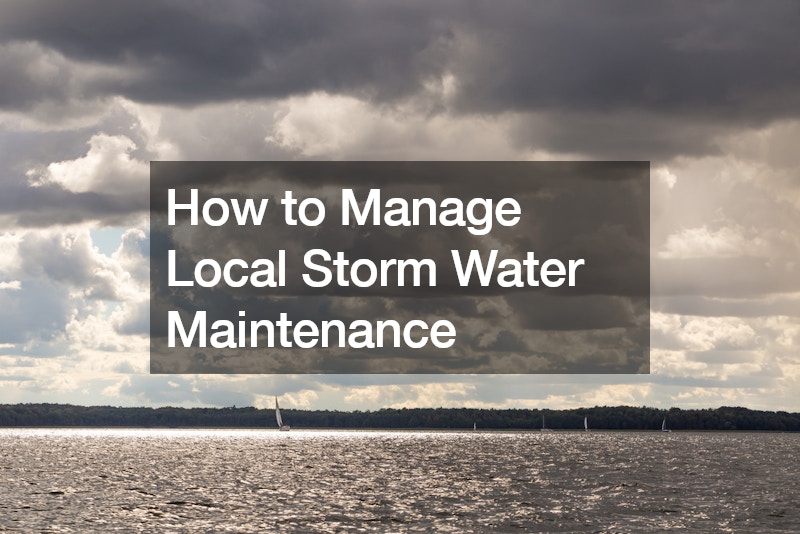
Managing local storm water maintenance is essential for preventing flooding, safeguarding water quality, and maintaining the overall health of our communities. Proper management practices can help reduce erosion, control pollution, and ensure that storm water is effectively channeled and treated before entering natural waterways.
Firstly, regular inspection and maintenance of storm water infrastructure, such as catch basins, culverts, and retention ponds, are crucial to identifying and addressing potential issues before they escalate. By performing routine inspections and cleaning, you can guarantee that these systems function properly and efficiently, helping to mitigate the risk of flooding and degradation of water quality.
Secondly, implementing green infrastructure practices, such as rain gardens, permeable pavement, and vegetated swales, can help manage storm water naturally by capturing, filtering, and absorbing runoff. These sustainable practices not only reduce the volume of storm water entering the system but also enhance the aesthetic value of the community and provide habitat for local wildlife.
Lastly, educating the community about the significance of proper storm water management and encouraging participation in maintenance efforts can foster a sense of environmental stewardship and collective responsibility. By raising awareness and engaging residents in storm water maintenance activities, you can build a tougher, more resilient community that values and protects its natural resources.
In conclusion, effective local storm water maintenance requires proactive planning, regular maintenance, and community involvement to guarantee the long-term health and sustainability of our water resources.
.


